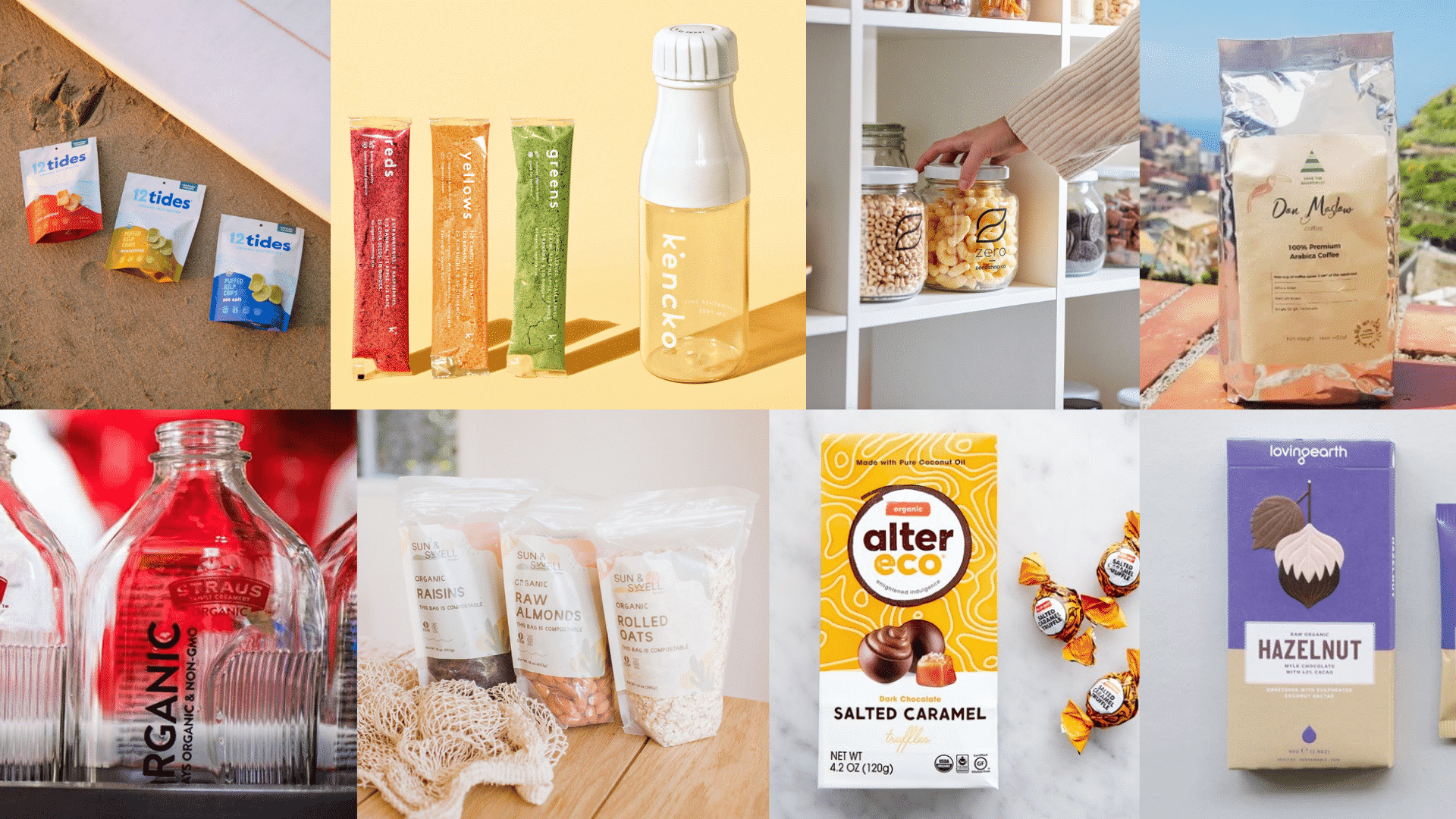
Innovations in Sustainable Packaging: Case Study of Eco-Friendly Initiatives by Leading Brands
The global push towards environmental sustainability has ignited a paradigm shift in various industries, and packaging is no exception. As concerns about plastic waste, carbon emissions, and resource depletion escalate, leading brands are taking bold steps to integrate eco-friendly packaging solutions into their operations. This article delves into the innovations in sustainable packaging through a comprehensive case study of prominent brands that are championing eco-friendly initiatives.
Eco-Friendly Packaging: A Necessity
Traditional packaging, often reliant on single-use plastics and non-recyclable materials, has been a significant contributor to the mounting environmental crisis. Recognizing the need to curb this issue, businesses across the spectrum are reevaluating their packaging strategies. Sustainable packaging not only aligns with consumers’ growing environmental consciousness but also reduces a brand’s carbon footprint and contributes to a more circular economy.
Case Study: Apple’s Commitment to Sustainability
Apple, a tech giant revered for its innovative products, has also made remarkable strides in sustainable packaging. The company’s commitment to reducing its environmental impact is exemplified by its transition from plastic clamshell cases to minimalist, recyclable packaging. Apple has also pioneered the use of renewable materials, such as recycled aluminum and bio-based plastics, in its product packaging. This initiative not only conserves virgin resources but also sets a precedent for others in the industry.
Furthermore, Apple’s approach extends beyond the physical packaging. The company has significantly reduced the size of its product boxes, allowing more products to be shipped per pallet, subsequently reducing transportation emissions. This innovative strategy showcases the holistic thinking needed to achieve sustainable packaging goals.
Unilever’s Path to Plastic Neutrality
Consumer goods conglomerate Unilever has embarked on an ambitious journey to achieve plastic neutrality. Unilever’s ‘Less Plastic, Better Plastic, No Plastic’ framework underscores its dedication to minimizing plastic usage across its vast portfolio. A key facet of this approach involves investing in research and development to create packaging alternatives from recycled and bio-based materials.
Unilever’s Dove, a brand recognized for its personal care products, serves as an exemplary case. Dove has introduced refillable stainless-steel deodorant cases and is experimenting with paper-based bottles for shampoos and conditioners. These initiatives underline the brand’s commitment to reducing plastic waste and fostering a more sustainable future.
Nestlé’s Collaborative Packaging Solutions
Nestlé, a global leader in the food and beverage industry, has embraced collaboration as a catalyst for sustainable packaging innovations. The company understands that the challenges posed by packaging waste demand collective efforts. Nestlé’s partnership with Loop, a circular packaging platform, exemplifies this philosophy. Through this initiative, Nestlé offers select products in durable, refillable containers, minimizing single-use packaging.
Furthermore, Nestlé’s Institute of Packaging Sciences is devoted to researching and developing cutting-edge sustainable packaging solutions. By collaborating with suppliers, academia, and innovators, Nestlé aims to create packaging that is not only environmentally friendly but also aligns with its stringent quality and safety standards.
Patagonia’s Ethical Packaging Revolution
Outdoor apparel and equipment brand Patagonia is synonymous with environmental consciousness. True to its ethos, Patagonia has embarked on a mission to challenge the norms of packaging sustainability. The brand’s ‘Worn Wear’ initiative encourages customers to trade in their used Patagonia clothing for store credit. In response, Patagonia packages the repaired or refurbished items in reused boxes, showcasing the brand’s dedication to reducing packaging waste.
Patagonia’s venture into plant-based packaging materials also stands out. The company has introduced an innovative form of biodegradable packaging made from agricultural waste, a move that reflects its commitment to pushing the boundaries of sustainable packaging materials.
Conclusion
The case studies of Apple, Unilever, Nestlé, and Patagonia highlight the transformative power of sustainable packaging initiatives by leading brands. These companies have realized that packaging goes beyond just containing products; it serves as a canvas for innovation, environmental stewardship, and consumer engagement. By adopting circular economy principles, investing in research and development, collaborating with partners, and rethinking packaging materials, these brands are spearheading a new era of packaging sustainability.
As consumer preferences evolve, the demand for eco-friendly packaging solutions will continue to grow. Brands that recognize this trend and proactively adopt sustainable packaging practices are not only contributing to a healthier planet but also positioning themselves as leaders in their industries. The innovations discussed in this article offer a glimpse into a future where packaging is a testament to a brand’s commitment to both its products and the environment.




